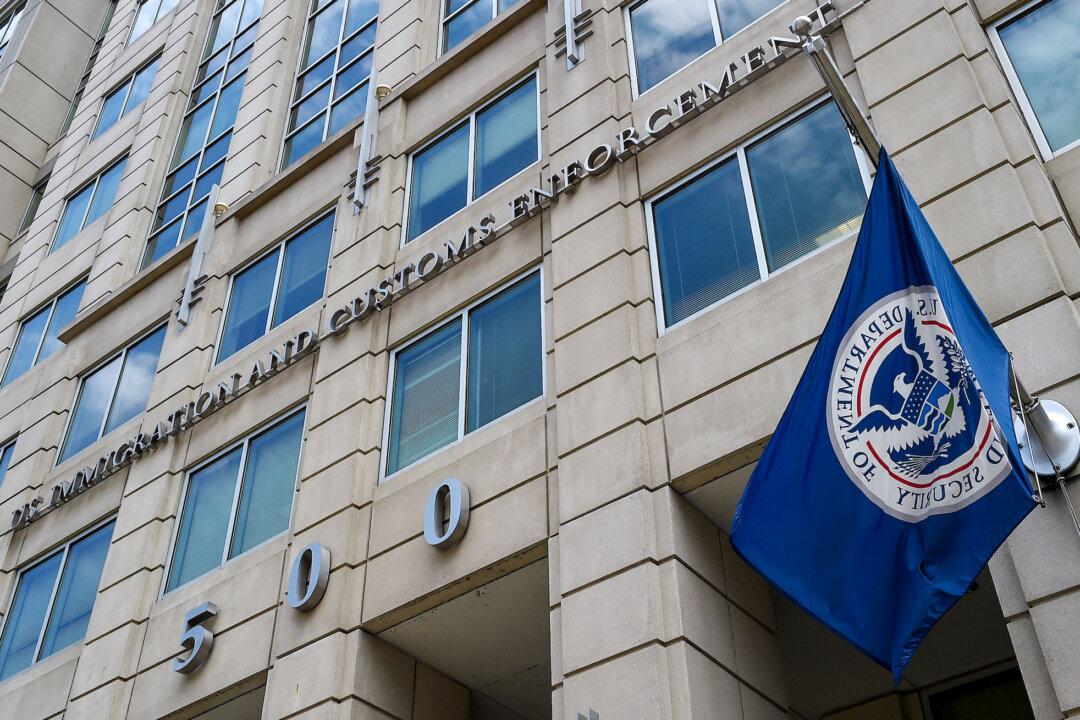Former U.S. Treasury Secretary Lawrence Summers and fellow Harvard University economist David Cutler argued in an essay on Oct. 12 that the pandemic will end up costing the United States $16 trillion, around four times the toll exacted by the 2007–2009 Great Recession.
In estimating the remainder of the $16 trillion virus hit to the United States, the two economists sought to gauge the value of COVID-19-related premature deaths, long-term health effects, and increase in mental health conditions. To measure the cost of premature deaths, they said they relied on the technique of ascribing value to “statistical lives,” which is an approximate measure economists use that is based on how much it is worth to people to reduce the risk of mortality or morbidity.
“Although no single number is universally accepted, ranges are often used. In environmental and health policy, for example, a statistical life is assumed to be worth $10 million. With a more conservative value of $7 million per life, the economic cost of premature deaths expected through the next year is estimated at $4.4 trillion,” they wrote.
Among those who contract the CCP virus and survive, some are likely to have significant long-term health complications. The two economists assumed around seven times as many survivors of severe COVID-19 illness as deaths and that around one-third of survivors would suffer from long-term complications. They then estimated the cost of long-term health impairment at $2.6 trillion.
They also assumed that the 29 percentage points in additional reported cases of anxiety and depression since April compared to the same period in 2019 could be attributed to the effects of COVID-19 lockdowns.
“These data translate to an estimated 80 million additional individuals with these mental health conditions related to COVID-19. If, in line with prevailing estimates, the cost of these conditions is valued at about $20, 000 per person per year and the mental health symptoms last for only 1 year, the valuation of these losses could reach approximately $1.6 trillion,” they wrote.
The total of these estimates comes to $16.1 trillion, or around 90 percent of annual GDP in the United States.
“Output losses of this magnitude are immense,” they wrote. “The economic loss is more than twice the total monetary outlay for all the wars the U.S. has fought since September 11, 2001, including those in Afghanistan, Iraq, and Syria.”
Policy recommendations in light of these conclusions, the two economists argued, include wide-scale population testing and contact tracing.
“A minimum of 5% of any COVID economic relief intervention should be devoted to such health measures,” they wrote.
“Increased investment in testing and contact tracing could have economic benefits that are at least 30 times greater than the estimated costs of the investment in these approaches.”





